Through February 23, 2014.
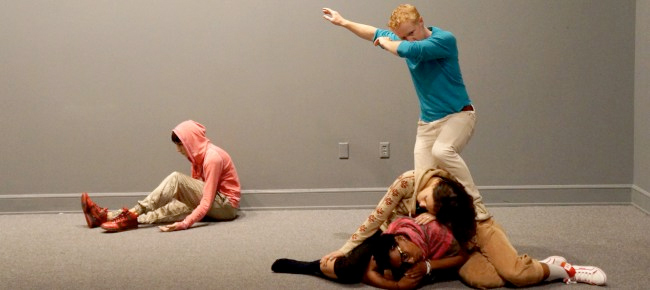 “Time” presents a selection of historical and contemporary artworks, objects and artists’ projects that engage with ideas of time. Throughout history, philosophers and scientists have advanced new – sometimes conflicting – ideas regarding the nature and perception of time. Current thought on the subject based upon quantum physics is extremely complex. Nevertheless, the finite lifespan seems to have endowed us with an intuition of time, even if we have not considered its precise character. The concept of time enables us to live with a sense of order and regularity; to conceive of duration; past, present and future; and to maintain a sense of our place within this apparent continuum.
“Time” presents a selection of historical and contemporary artworks, objects and artists’ projects that engage with ideas of time. Throughout history, philosophers and scientists have advanced new – sometimes conflicting – ideas regarding the nature and perception of time. Current thought on the subject based upon quantum physics is extremely complex. Nevertheless, the finite lifespan seems to have endowed us with an intuition of time, even if we have not considered its precise character. The concept of time enables us to live with a sense of order and regularity; to conceive of duration; past, present and future; and to maintain a sense of our place within this apparent continuum.
This exhibition explores the subject of time through a number of different means. It includes apparatus for measuring time in the form of several historical decorative clocks, presented alongside Torsten Lauschmann’s artwork, an idiosyncratic hand-powered ‘digital’ clock. Two artists’ projects explore the transformative nature of time, Hernan Bas’s A Queer and Curious Cabinet and Manny Prieres’s It was a Pleasure to Burn. Based upon historical cabinets of curiosities, Bas has created a cabinet room to display intriguing objects that he has collected over a number of years. Some of these artifacts would once have been quite common, but have become rare curios over the passage of time. Prieres’s work also engages with time’s transformative nature. By presenting a series of covers of controversial and censored books, Prieres demonstrates how work that was once judged as ‘dangerous’ may be interpreted differently by later generations.
By contrast, Eadweard Muybridge’s and Idris Khan’s works exploit photographic media’s ability to ‘capture’ periods of time. Muybridge photographed various actions – most famously, a running horse – using a bank of specially-designed cameras. This allowed him to break down movement into its constituent parts, enabling the viewer to analyze these actions in detail. Over one hundred years later, Khan used digital techniques to create two films which layer the sound and image of musicians playing celebrated musical scores; Bach in one work and Schubert in the other. In these two films, Khan layers time so that we can simultaneously see and hear several different interpretations of a piece of music.
Lorraine O’Grady’s Miscegenated Family Album adopts yet another approach to time. Consisting of a series of photographic diptychs which juxtapose images of Ancient Egyptian statues of Queen Nefertiti and photographs of O’Grady’s sister Devonia and her family, the work draws parallels between the lives of these two women, who were divided by thousands of years.
Finally, to mark the museum’s 50th Anniversary, the Bass Museum of Art invited internationally celebrated contemporary artists Alexandra Pirici and Manuel Pelmuş to engage with some of the works in the John and Johanna Bass collection. Choosing to focus on reproductions after old master paintings, and including a number of decorative objects, Pirici and Pelmuş have devised a work in which four performers enact selected pieces from the Bass collection. Each piece is transformed into an immaterial object; both an original and a copy, which conceptually extends beyond the physical into the realm of projection and memory.
Bass Museum of Art
2100 Collins Avenue
Miami Beach, FL 33139
305.673.7530
www.bassmuseum.org

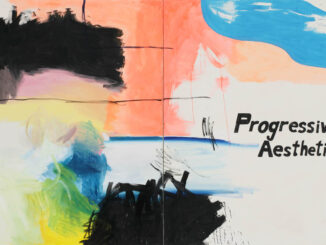
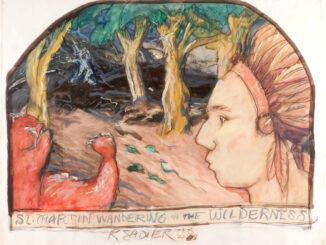
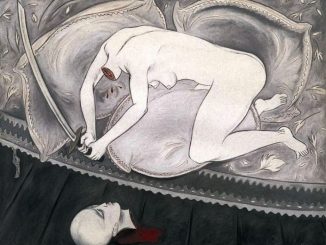
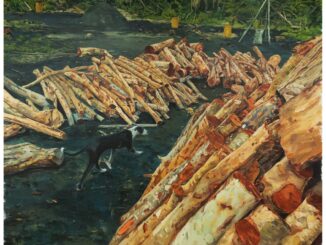

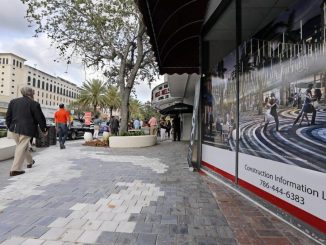
Be the first to comment